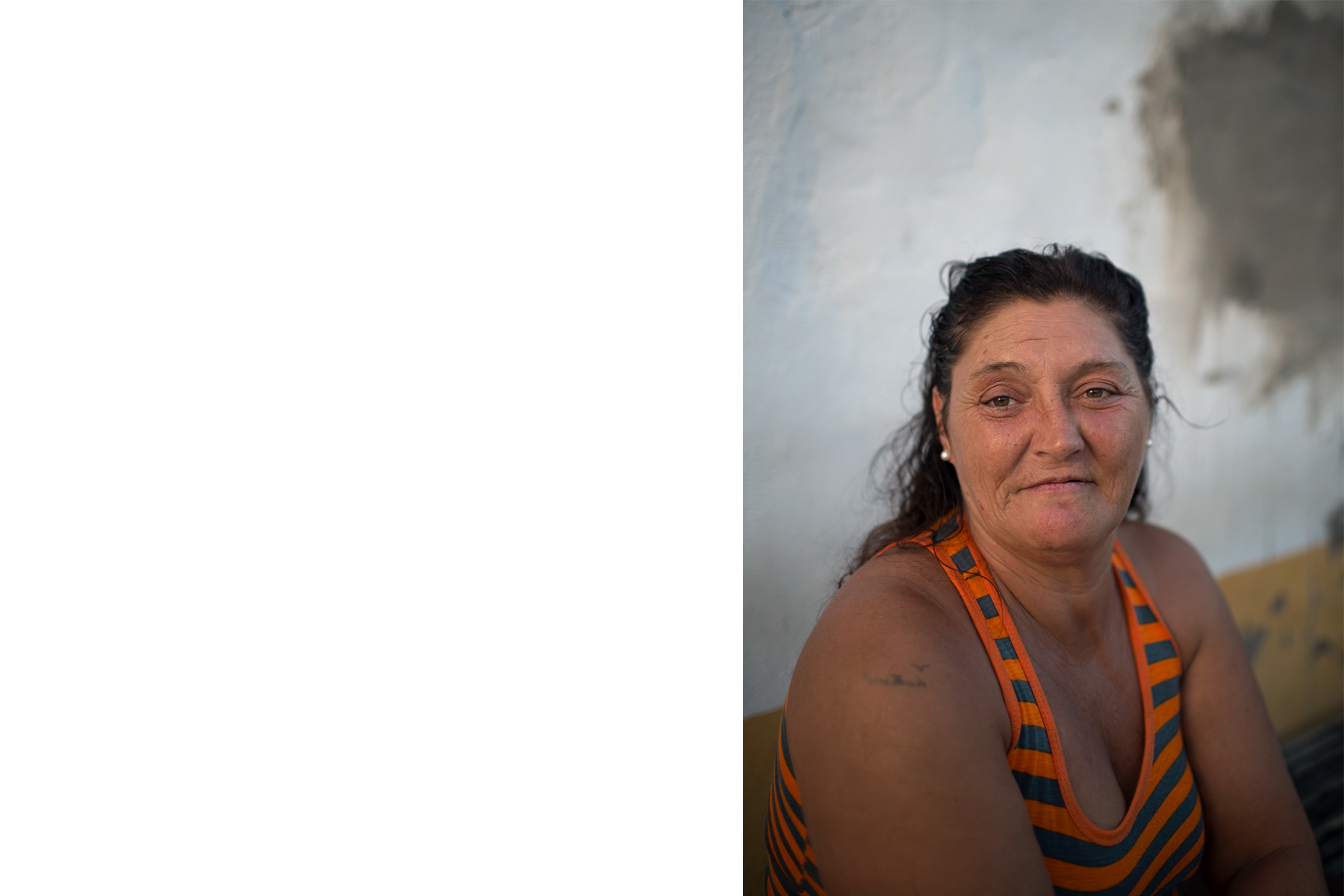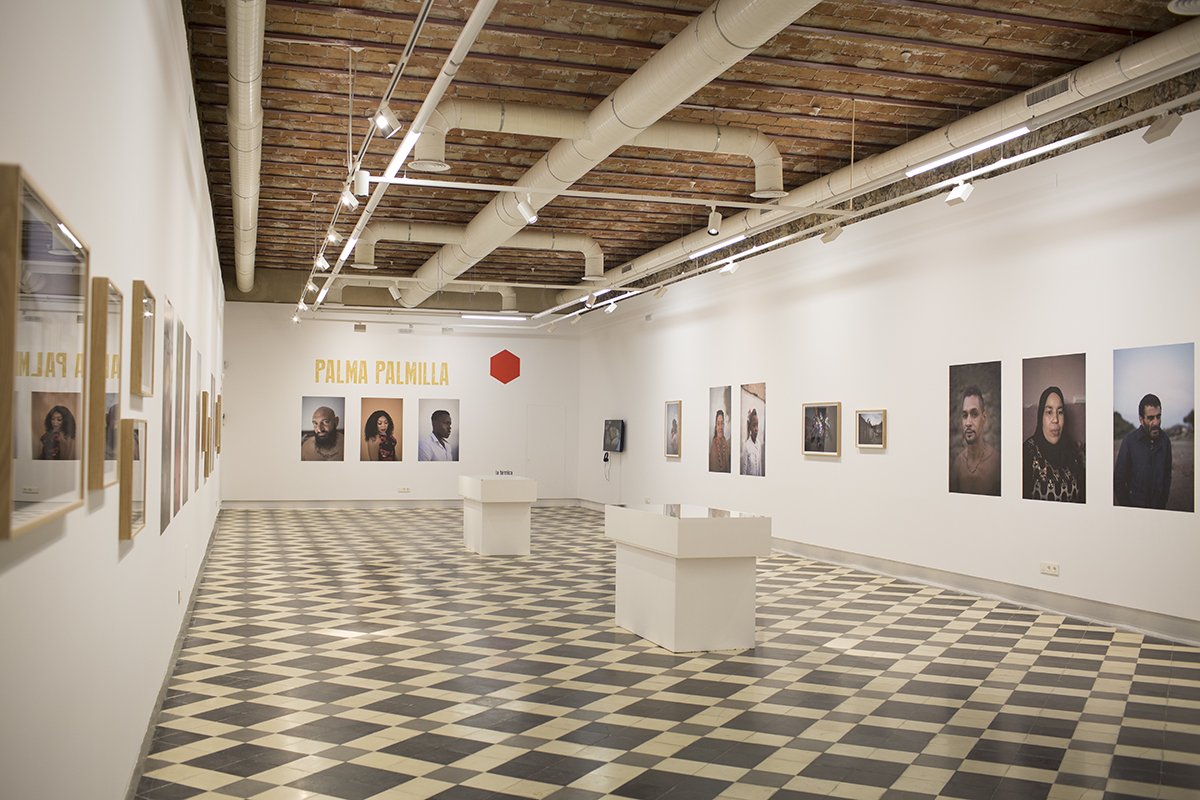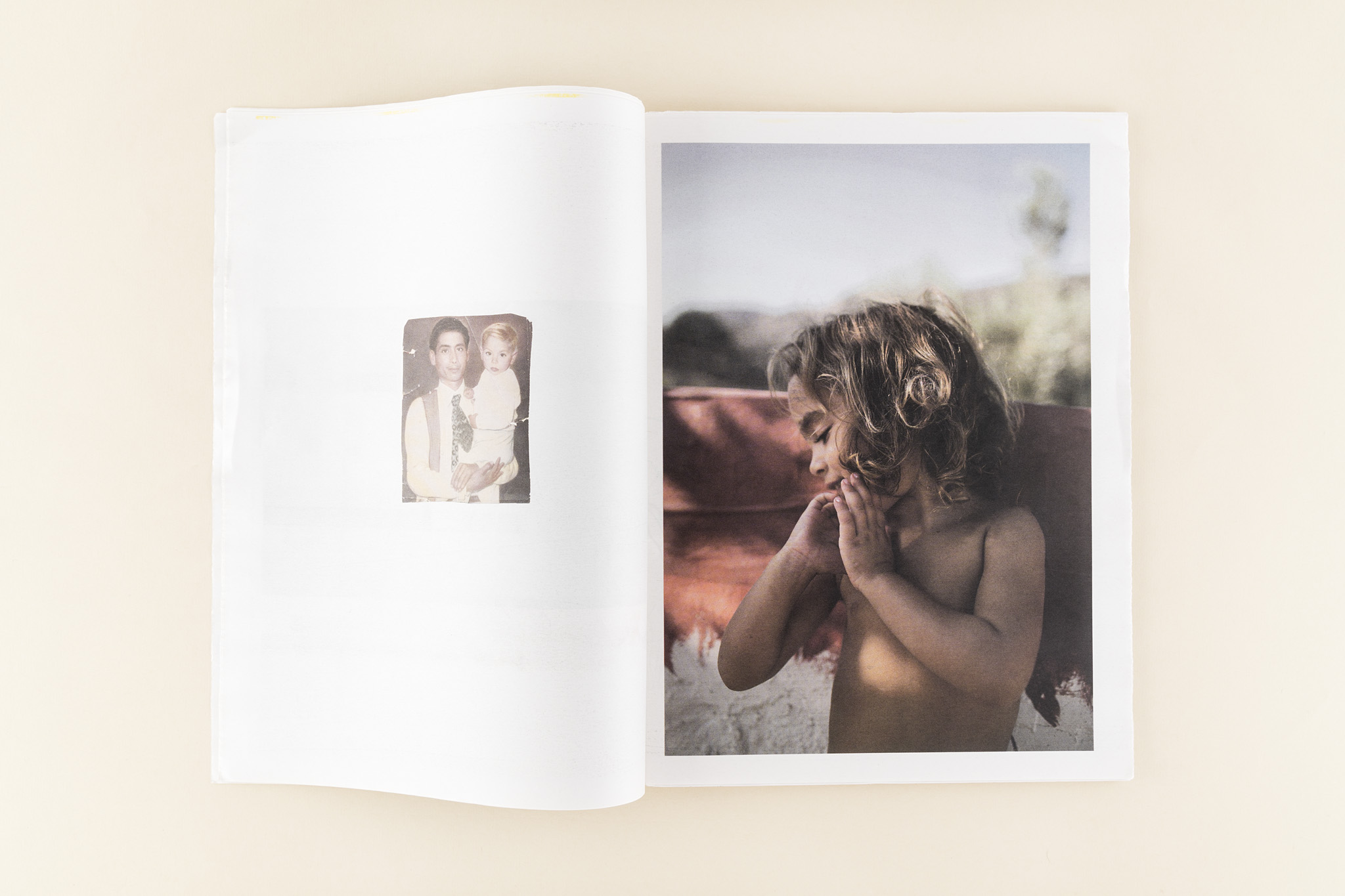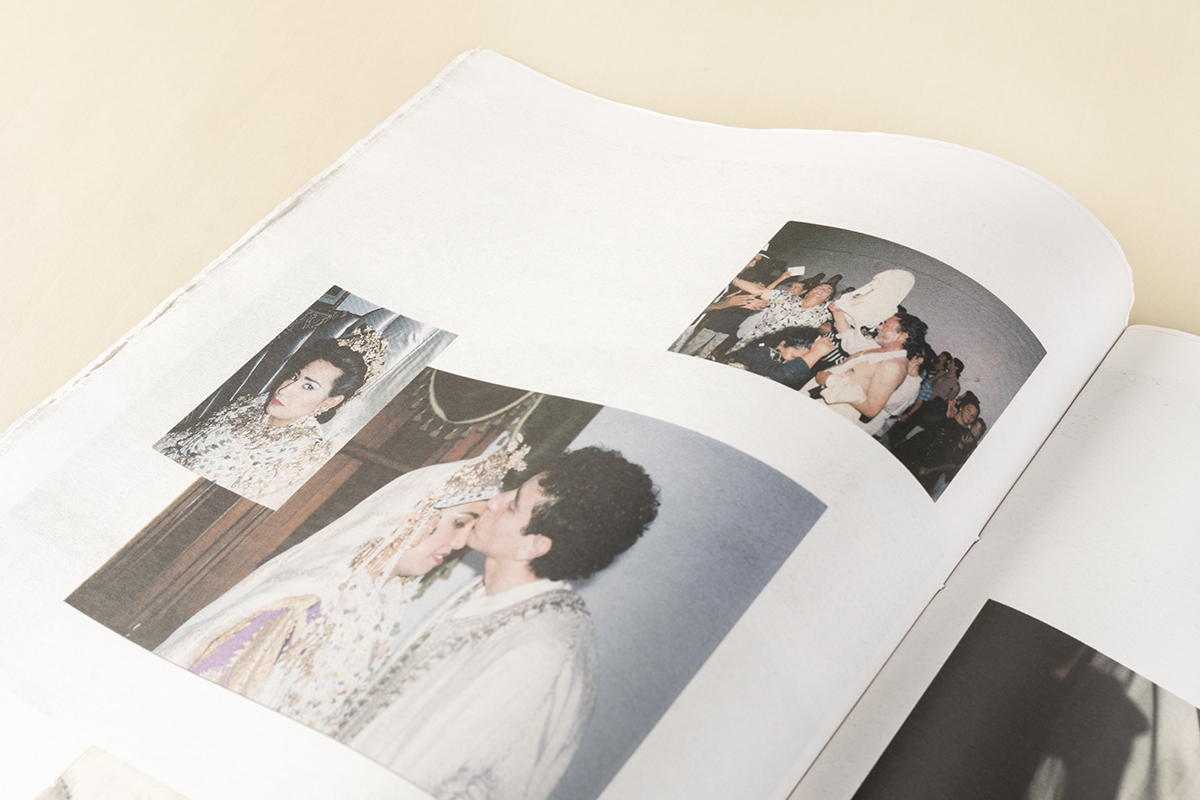
























(ES)
La primera vez que crucé el puente que separa Palma Palmilla del resto de la ciudad sentí que me enfrentaba en realidad a mis propios miedos. Me di cuenta de cuán fuerte era la idea que había creado de algo que en realidad no conocía y quise descubrir por mí misma qué había más allá.
¿No os ha ocurrido alguna vez? Pensar qué hay más allá.
Superado el puente y mis miedos, encontré un barrio y una gente cargados de vida y sueños. Lejos de lo que siempre había oído e imaginado, aquel trozo de tierra me parecía un micromundo complejo y apasionante difícil de explicar: Palma Palmilla como la vida, hay que sentirla, olerla, mirarla de cerca.
Palma Palmilla es el nombre del 7º barrio más pobre de España. Está situado muy cerca del centro de Málaga pero debido a la pobre gestión en infraestructuras, educación y transporte que hubo desde sus orígenes en los años 60, quedó desvinculado del resto de la ciudad. Esto lo convirtió en el blanco fácil de la delincuencia, la droga y el paro. Este proyecto muestra una nueva perspectiva del barrio, fuera de los estereotipos que tanto le han marcado, para ello se han utilizado tres fuentes fotográficas: la producción contemporánea, la recuperación de archivo y la fotografía participativa.
(EN)
The first time I crossed the bridge that separates Palma Palmilla from the rest of the city, I felt that I was actually facing my own fears. I realizad the force of the idea that I had created of something that I did not really know and I wanted to find out for myself what existed beyond that idea.
Has it never happened to you before? Stopping to think about what's beyond.
Having overcome the bridge and my fears, I found a neighborhood and a people full of life and dreams. Far from what I had always heard and imagined, I found a micro-world so complex and exciting, difficult to explain. Palma Palmilla, just as life itself, you have to feel it, smell it, look at it close-up.
Palma Palmilla is the name of the 7th poorest neighborhood in Spain. It is located very close to the center of Malaga but due to the poor management in infrastructure, education and transport that had existed since its origins in the 60s, it was disconnected from the rest of the city. This made it the easy target of crime, drugs and unemployment. This project shows a new perspective of the neighborhood, outside of the stereotypes that have marked it so much, for this purpose three photographic sources have been used: contemporary production, file recovery and participatory photography.